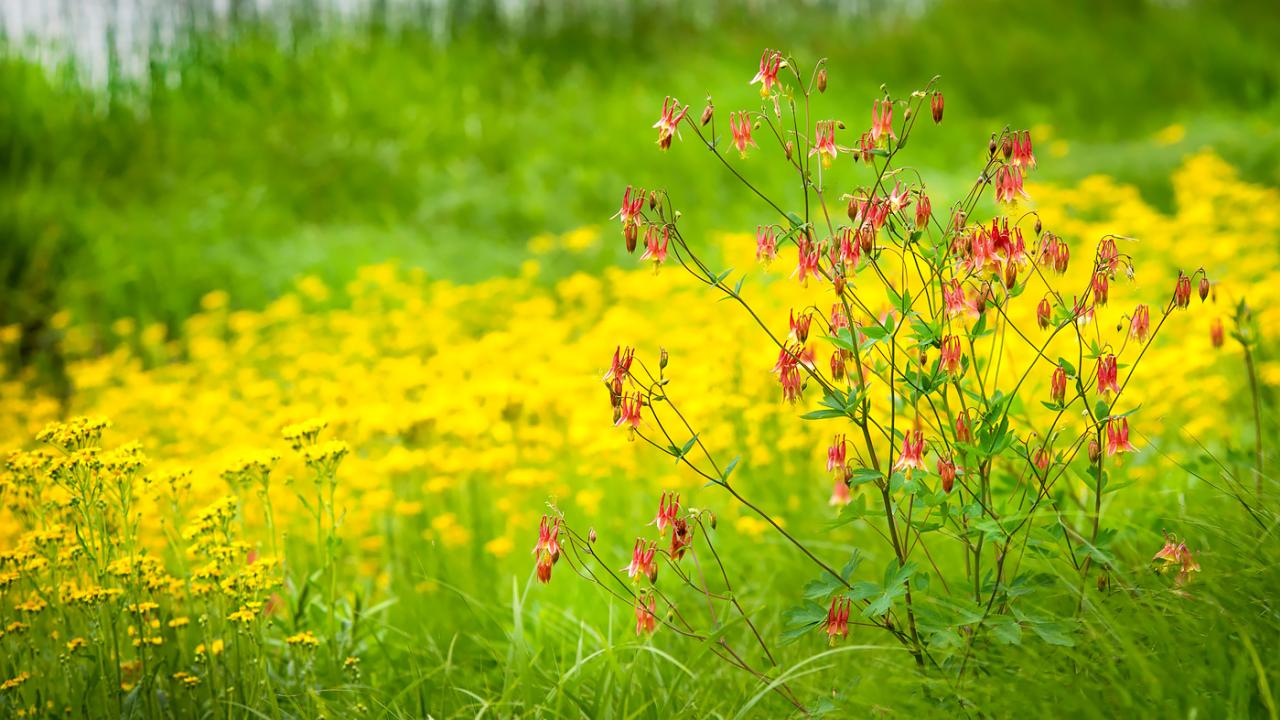Volunteers for Budburst, a community science program of the Chicago Botanic Garden, make simple observations on a mobile app, in English or Spanish. In the fall, data on color changes and falling leaves provides telling information about plant behavior, about the effect of a changing climate.
The volunteers, or community scientists, can make observations from anywhere in the world, including on the Fall in the Woods walk at the Garden on October 8. Taran Lichtenberger, Budburst community engagement manager, will be there to show people how to use the Budburst app, which is available on iOS or Android. The event, which starts at 11 a.m., includes a guided walk through McDonald Woods; all ages are welcome on the easy walk.
“The usual examples we have on climate change are really far away from our everyday lives,” said Emma Oschrin, Ph.D., Budburst director. “We might talk about polar bears or melting ice caps, which are very clear examples…but through Budburst, you can learn about climate change quite literally in your own backyard. You can observe the impact of climate change on plants, on organisms right around you.”
Scientists study the data about plant seasonal changes to help them predict how climate change might impact ecosystems decades, or even centuries, into the future. They compare data from recent years to historical data to see how plants are behaving differently and note the impact of climate change.
You don’t need any special equipment or training to become a community scientist. Budburst has more than 31,000 community scientists in all 50 states and abroad. “It’s a real science project that anyone can participate in,” Dr. Oschrin said. “It’s good for young learners, adult learners, gardeners, and leaf peepers —really just anyone who has an interest in plants. That’s usually the entry point.”
Fall is a great time to observe changes in the woods, said Matt Evans, the Garden’s managing ecologist for the woodlands. On the October 8 walk, participants should be able to see fall color in white ash and black walnut trees, and some hues in gray dogwood, hazelnuts and maybe some oaks.
But the recent dry weather, along with the heat, will affect fall color. In dry years, color changes and leaf dropping appear to be happening sooner and more rapidly, he said—precisely the sort of data that Budburst collects.
“It’s important, hands-on science,” Oschrin said. “When you see a plant doing something fun and interesting near you, take a picture, try to identify it, and let us know what you see—is this the beginning of leaf color change or the end? Are the leaves falling off the tree yet? Also, you can participate in Budburst in all seasons, though most people like to track plant changes in the spring and the fall, with so much happening in the plants around them.”


